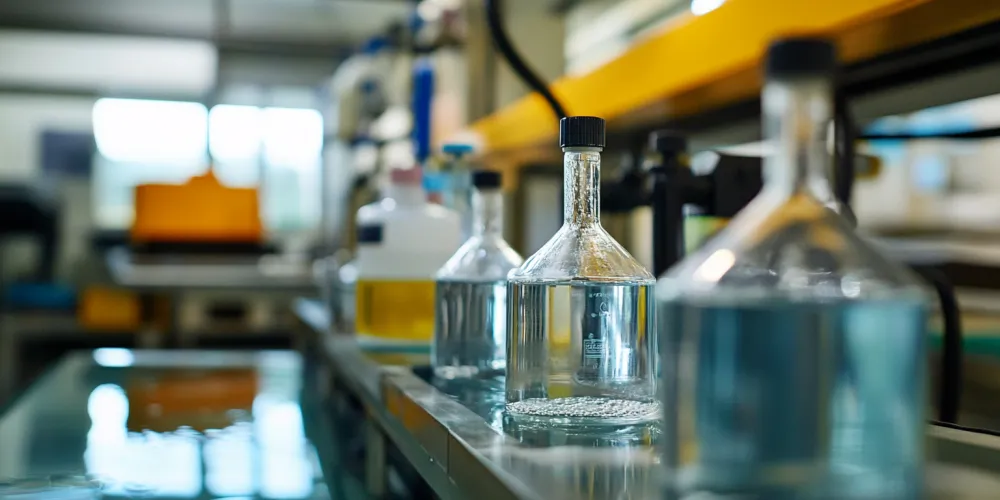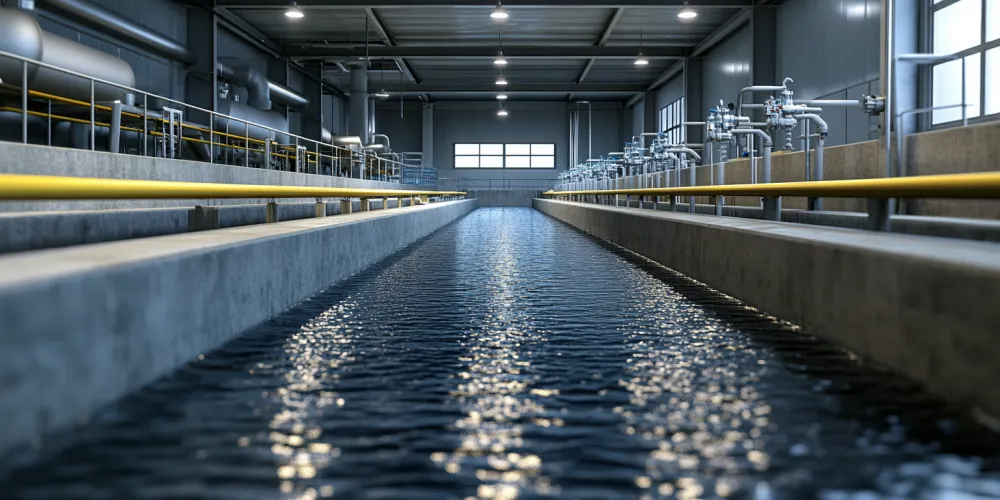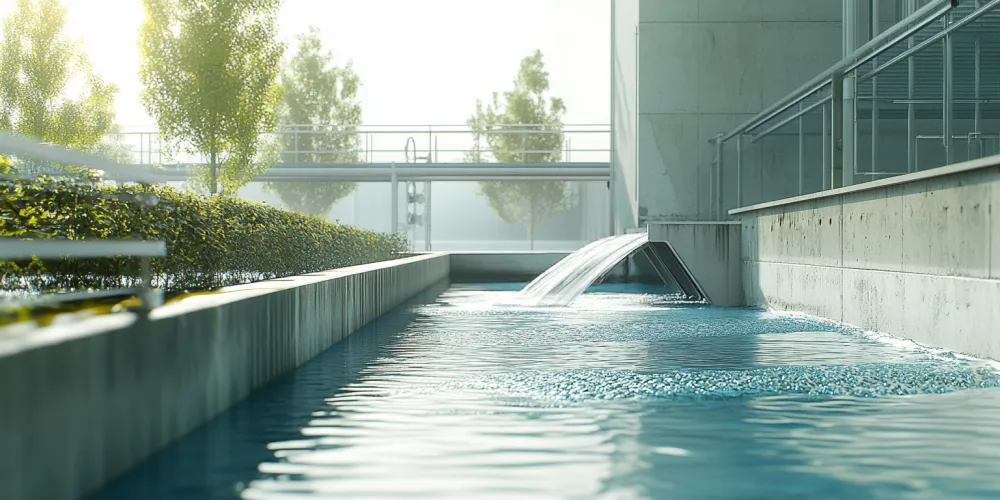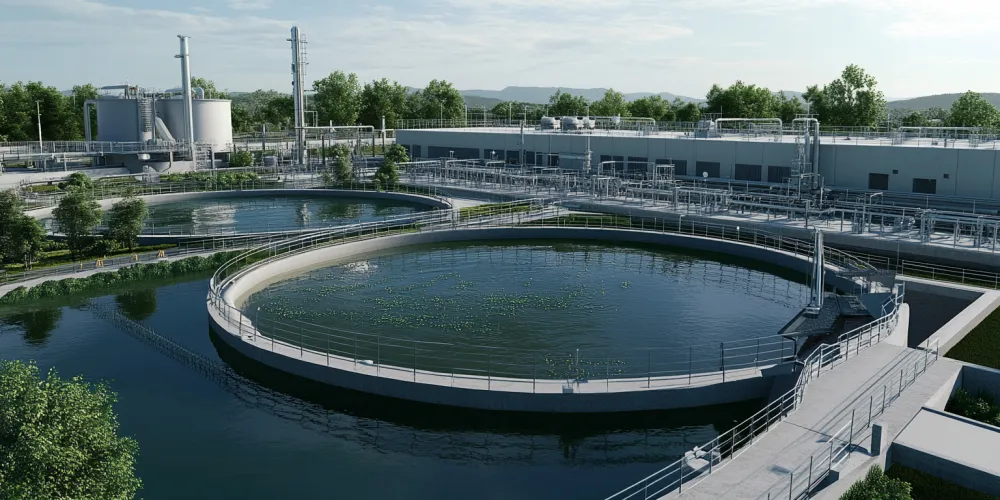Latest Research Shows: Synergistic Use of Multiple Water Treatment Agents Can Significantly Improve Treatment Effectiveness
Last updated on August 13, 2024

Research Background and Purpose
Water resources are the source of life, and protecting water quality is of utmost importance. In recent years, with the rapid industrial development and urbanization in Taiwan, the problem of water pollution has become increasingly severe. Many rivers and lakes are facing various levels of pollution, posing a serious threat to the ecosystem and human health. To address this challenge, innovation and improvement in water treatment technology have become essential. In this context, a recent study focused on the synergistic effects of using multiple water treatment agents, aiming to explore more efficient and environmentally friendly methods of water treatment.
The research team selected several common water treatment agents for combination experiments, including Polyaluminum Chloride (PAC), Activated Carbon, Polymer Flocculants, Oxidizing Agents (such as Hydrogen Peroxide), and Biological Enzyme Preparations. In particular, the researchers delved into the uses and risks associated with Polyaluminum Chloride. By testing different proportions and sequences of these agents, the researchers aimed to identify the optimal synergistic treatment plan. The experiments covered various types of typical water bodies, such as river water samples polluted by industrial wastewater, eutrophic lake water, and domestic sewage with high concentrations of organic matter. The ultimate goal of the research is to develop a highly efficient, cost-effective, and adaptable treatment plan for different water quality conditions, providing strong support for water environment management in Taiwan. This research not only holds significant theoretical value but also has the potential to yield substantial economic and environmental benefits in practical applications.
Research Methods and Process
To ensure the reliability and practicality of the research results, the team adopted rigorous scientific methods and advanced experimental techniques. The research process can be roughly divided into the following stages:
- Preliminary Preparation: Collecting and analyzing water quality data from various regions in Taiwan, selecting representative water samples for experiments, and preparing various water treatment agents and experimental equipment.
- Single Agent Effect Testing: Testing each agent's effectiveness in removing different pollutants, recording changes in water quality parameters before and after treatment, and analyzing the mechanisms and applicable conditions of each agent.
- Synergistic Treatment Plan Design: Based on the results of single-agent tests, designing multiple combination plans, considering potential interactions and effects between agents, and developing detailed experimental procedures and protocols.
- Synergistic Treatment Effect Evaluation: Conducting extensive combination treatment experiments, closely monitoring changes in water quality indicators, and comparing the effectiveness of different combination plans.
- Data Analysis and Optimization: Using statistical methods to analyze experimental data, developing mathematical models to predict the effects of different combinations, and continuously optimizing treatment plans to improve efficiency.
Future Prospects and Challenges
Although this research has achieved encouraging results, several challenges remain in translating laboratory results into practical applications:
- Scaling Up: Large-scale field trials are needed to verify the reliability of the technology, which may require modifications or upgrades to existing water treatment facilities and the establishment of new operational procedures and management systems.
- Economic Evaluation: Comprehensive cost-benefit analysis is needed, considering the potentially high initial investment and the long-term operational costs and benefits.
- Technical Optimization: Further optimization of agent formulations and application methods is required, possibly involving the development of specialized control systems for precise dosing, and addressing adaptability to different water quality conditions.
- Environmental Impact Assessment: Long-term ecological safety studies are needed, potentially requiring new discharge standards and monitoring methods, and assessing the potential impact on downstream ecosystems.
In the face of these challenges, the research team has already developed a plan for the next phase of research, including further investigation into the applications and impacts of Polyaluminum Chloride, and exploring the possibility of combining synergistic treatment technology with other advanced water treatment techniques such as membrane separation and electrochemical treatment.


